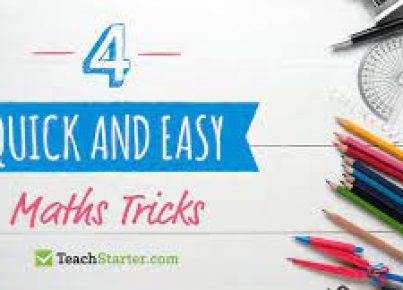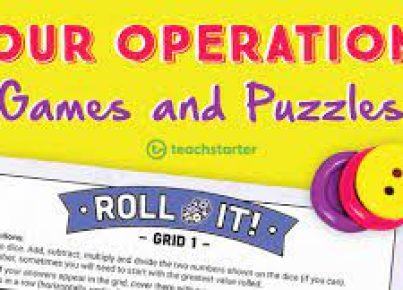In today’s fast-paced world, it seems that everyone is looking for shortcuts and tricks to make life more manageable. This mentality has even made its way into our educational system. In the case of rounding numbers, some teachers and parents may rely on rounding “tricks” to simplify the concept for their learners. However, these tricks can often lead to a shallow understanding of what rounding truly means and why it is essential in daily life. Let’s explore the pitfalls of these rounding “tricks” and ways we can better teach rounding to ensure a solid foundation in mathematics.
Rounding is a critical skill in understanding numbers, estimating, and being comfortable with general numerical manipulation. It allows individuals to process information by simplifying complex or lengthy calculations and fosters an appreciation for the scope of values in various scenarios. The most common method for teaching rounding is by using rules such as “rounding up if the next digit is 5 or above, and rounding down if it is 4 or below”. While this rule itself is valid, relying solely on it as a “trick” does not help learners develop a comprehensive understanding of rounding principles.
Relying on tricks may seem like an efficient solution in the short term, but they can result in long-term consequences. Learners who don’t understand the core concept of rounding are likely to struggle when faced with more advanced mathematical problems, such as those involving decimals or various forms of approximation. This educational gap can lead to difficulty later in life as adults rely heavily on numerical fluency in both personal and professional settings.
To teach rounding effectively, educators must emphasize its purpose beyond mere memorization of rules. A thorough explanation includes stressing the importance of place value when working with numbers and demonstrating practical applications where rounding could be beneficial. For instance, students might practice rounding prices when budgeting or estimating distances while planning a trip. Such real-life examples will help them grasp rounding’s role and utility in daily life.
Moreover, teaching the concept through hands-on activities and engaging learners in dialogue about various rounding scenarios can reinforce their understanding. This will encourage critical thinking and help students apply the technique appropriately across different numerical contexts.
In conclusion, while shortcuts or “tricks” may seem appealing for simplifying complex concepts like rounding, they can hinder a deep understanding of the skill being taught. Teachers and parents must recognize that these shortcuts aren’t always the most effective method for long-term success, especially when it comes to mathematics. To foster a strong foundation in number manipulation and estimation skills, we must prioritize teaching rounding through practical applications and emphasize its importance in our students’ everyday lives. By doing so, we are bettering their chances for success not only in math but in their future pursuits as well.





